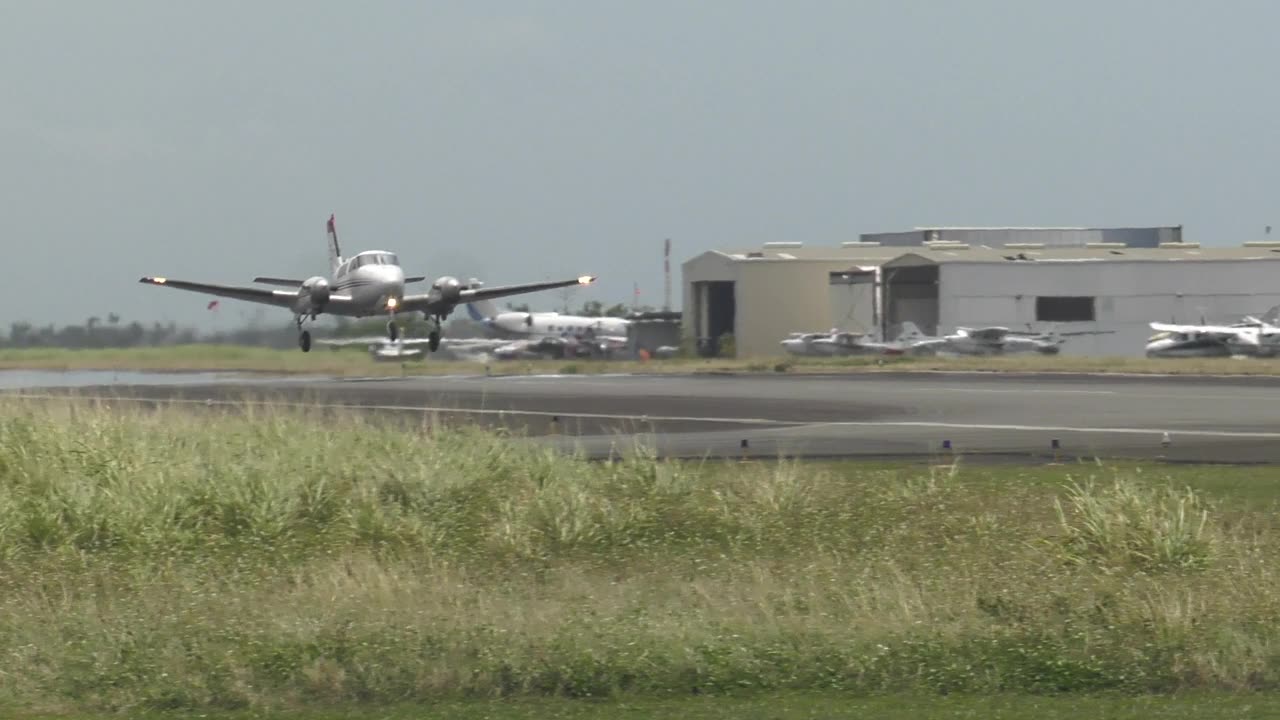Premium Only Content

NASA Has Eyes On The Atlantic Hurricane Season
NASA often plays a significant role in monitoring and studying hurricanes and tropical storms in the Atlantic Ocean. They use a combination of satellites, aircraft, and ground-based instruments to track and gather data on these weather phenomena. Here's a general description of NASA's involvement:
Satellite Monitoring: NASA utilizes a fleet of Earth-observing satellites to monitor various aspects of hurricanes, including their size, intensity, and movement. Satellites like the Tropical Rainfall Measuring Mission (TRMM) and the Geostationary Operational Environmental Satellite (GOES) provide valuable data.
Hurricane Tracking: NASA provides real-time tracking information on hurricanes and tropical storms through its satellite imagery and data. This information is crucial for forecasting and alerting the public about potential threats.
Research Missions: NASA often conducts research missions using specialized aircraft, such as the Hurricane and Severe Storm Sentinel (HS3) mission. These aircraft fly directly into hurricanes to gather data on their structure, temperature, humidity, and other important factors.
Data Analysis: NASA scientists analyze the data collected from various sources to better understand the dynamics of hurricanes and improve forecasting models. This research helps improve our ability to predict hurricane behavior and potential impacts.
Public Outreach: NASA also engages in public outreach efforts to educate the public about hurricanes, their impacts, and how to prepare for them. They provide educational materials, videos, and resources to raise awareness about hurricane safety.
To watch the specific video you mentioned, you would need to visit NASA's official website or their YouTube channel and search for "NASA Has Eyes On The Atlantic Hurricane Season." This will give you access to the most up-to-date and accurate information regarding NASA's involvement in monitoring the Atlantic hurricane season.
-
 LIVE
LIVE
Timcast
1 hour agoTrump BULLIES Europe Into MONSTER Trade Deal, Europe COPING Over Trump MASTERCLASS
21,120 watching -
 LIVE
LIVE
Dr Disrespect
1 hour ago🔴LIVE - DR DISRESPECT - WARZONE - RAGE ON THE MAIN STAGE
1,241 watching -
 LIVE
LIVE
Steven Crowder
3 hours ago🔴Game Over: Trump's EU Trade Victory Shows How Stupid "Experts" Really Are
33,204 watching -
 LIVE
LIVE
The Charlie Kirk Show
35 minutes agoTHE CHARLIE KIRK SHOW IS LIVE 07.28.25
4,364 watching -
 LIVE
LIVE
JuicyJohns
3 hours ago🟢#1 REBIRTH PLAYER 10.2+ KD🟢 !loadout
212 watching -
 LIVE
LIVE
Anthony Pompliano
49 minutes agoWhy Bitcoin Will EXPLODE During The AI Era
166 watching -
 1:06:00
1:06:00
The Rubin Report
1 hour agoMajor Company’s Must-See Ad May Be the Official Death of Woke
9.47K14 -
 LIVE
LIVE
Robert Gouveia
1 hour agoBongino's "SHOCKING" Bombshell! Peter Strozk PANIC! Trump Assassin Case! Climate Change PLOT!
1,302 watching -
 LIVE
LIVE
LFA TV
17 hours agoLFA TV ALL DAY STREAM - MONDAY 7/28/25
5,305 watching -
 LIVE
LIVE
Grant Stinchfield
34 minutes agoImporting Capital, Not Chaos: The Pro-America Visa
136 watching